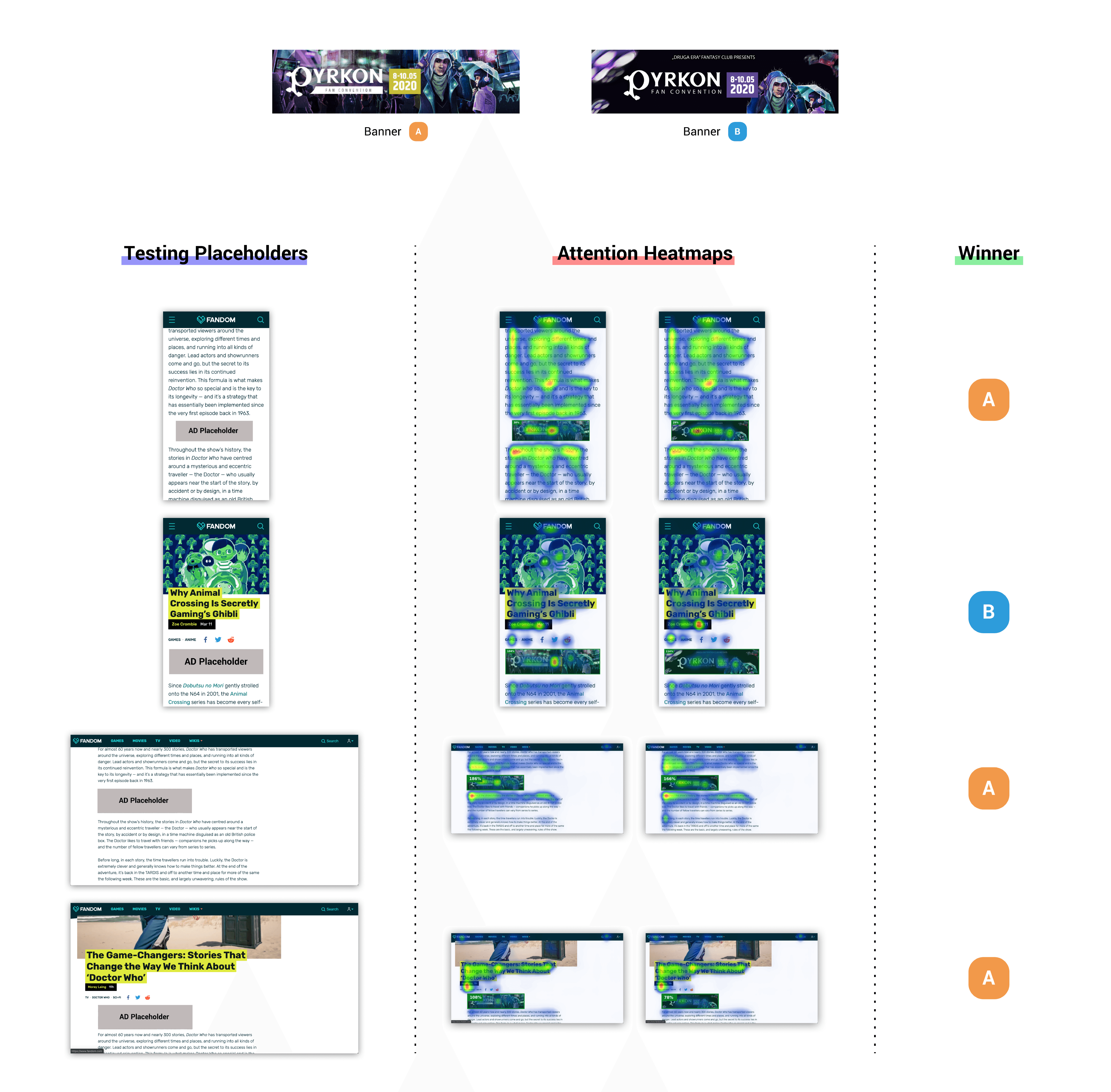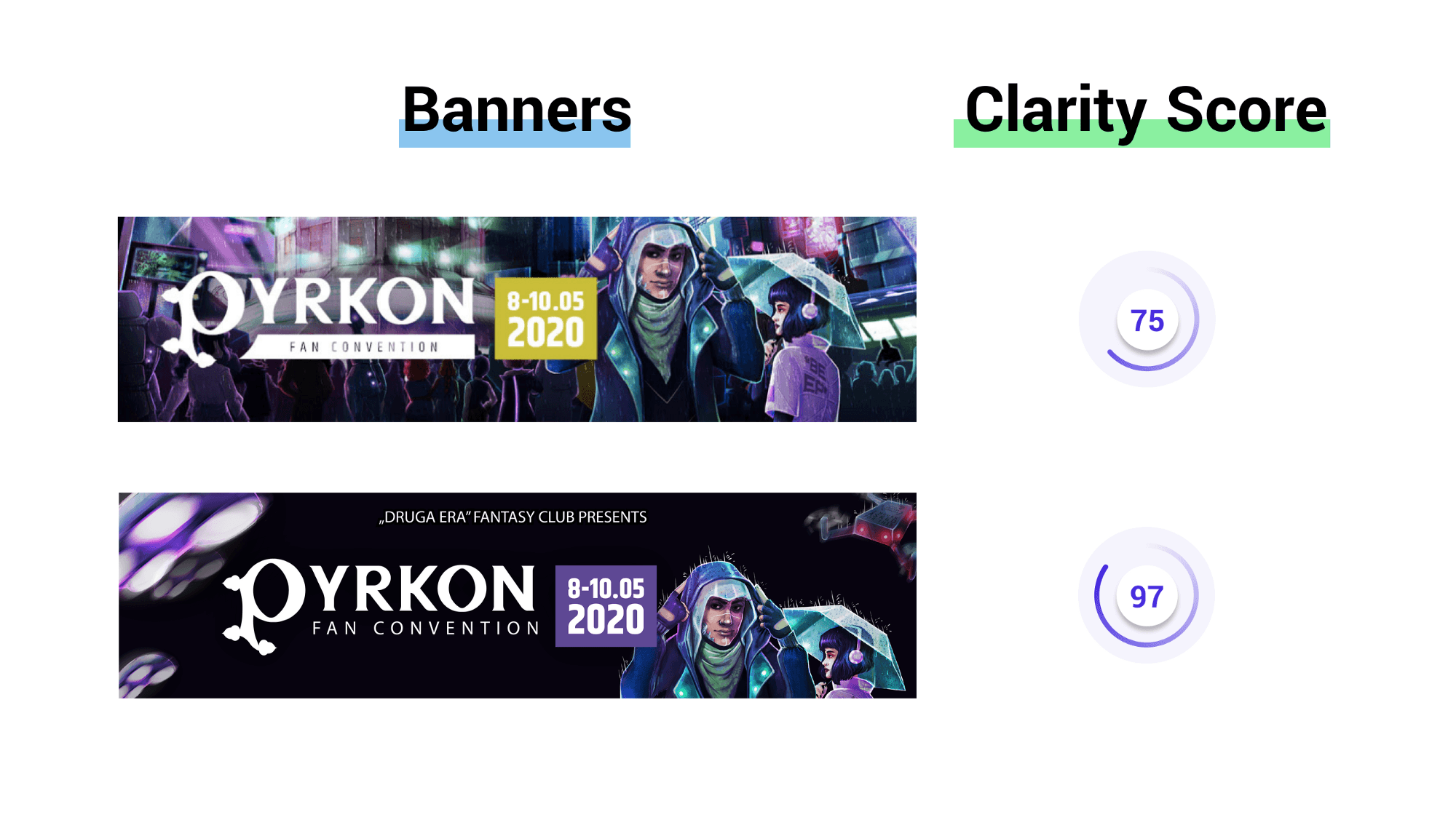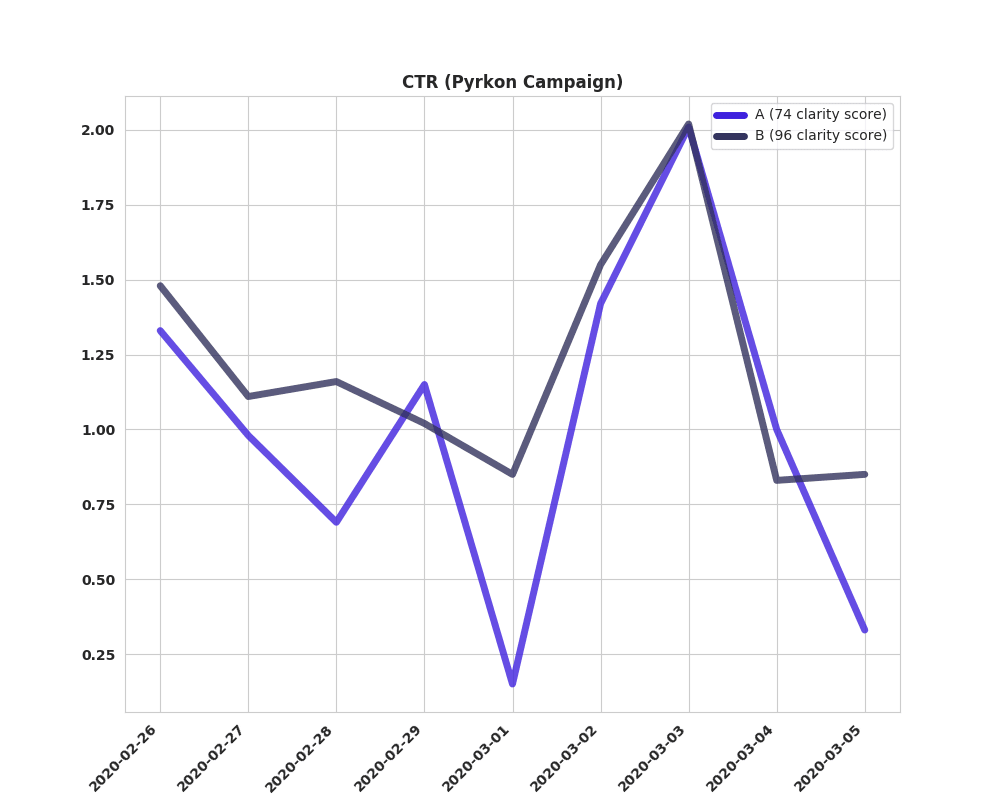
We live in an attention driven economy. Attention span is continuously decreasing, and advertising is trying to grab a piece of our browsing time like a peacock with its wings open.
During the last year, I have built a startup focused on providing user-insights to designers, and I consulted hundreds of people and businesses on their creative positioning. And advertising was where they were getting it all wrong.
We, as people, tend to simplify things and make them binary options. Let me explain my point. The most common thing we hear is that if we increase the Awareness stage of our funnel, then we will increase the Lead stage also. While the logic sounds true, we have found that it depends.
FANDOM’s case study
We conducted a case study with FANDOM, a global website with an audience of over 200 million unique fans with more than 400.000 communities. It is fair to say that this was a large scale study.
The key insights we extracted from historical data and from A/B testings we deployed was that higher Awareness does not result in higher Click Through Rates (CTRs). Moreover, we noticed that clear and concise designs were achieving more top stats.

We measured Attention and Clarity of the Ad designs using VisualEyes to get data from the get-go. Moving forward, I will describe to you how we actually tested the designs and how we predicted Display banners’ performance.
The challenge
Two banner designs, one winner. Can you guess which of the following two banners achieved the highest CTR?

Measuring the attention
When we push advertising banners to ad networks, they are displayed to various websites and devices. Testing the banners in isolation and expect to get credible attention results back is not the best practice.
What we did with FANDOM’s team to predict how much attention a banner would get, was to use VisualEyes’ Areas of Interest feature and test banners inside real website environments. Measuring in a real UI would give us far more credible results.
Areas of Interest are showing how much attention a specific area inside our design will get based on thousands of historical Eye Tracking data.
After we tested our banners as seen below, we had a clear attention winner, banner A, which outperformed banner B.

That means that banner A is more attention-grabbing! Now let’s test which banner is appealing cleaner to users and then we can discuss the actual results of Click-Through Rates.
Clarity of design
Advertising banners have one goal, to inform people about the services or products we are offering. Low CTRs can only mean two things. People do not care about our offerings or that people could not engage properly with our offerings.
Our next test will evaluate how clean and appealing our designs are to an average internet user. We will extract those data with VisualEyes’ Clarity Score feature and with quantitive data on sight, we can better form an opinion on which design is cluttered and which one is not.
Clarity Score evaluates how clear and aesthetically appealing is your design. This metric is based on large-scale studies with thousands of testers from across the globe.
Now it appears that Banner B, while less attention-grabbing, is by far cleaner than the first one.

Final results and conclusion
The results came back after nine days, and with statistical significance, FANDOM’s team knew the winning banner.

The second banner outperformed the first banner with a 20% increase in Click-Through Rates.
Although the first proved to be more attention-grabbing, we can see with concrete proof that clear information is far more credible success predictor for our advertising campaigns. We may attract fewer eyes in our display banners, but those eyes are going to engage more.
Key Takeaways:
- Attention-grabbing elements do not result in higher CTR
- A clear design with specific objectives can help you get the clicks you want
- Pre-testing with technologies like VisualEyes can help you step up your ad game